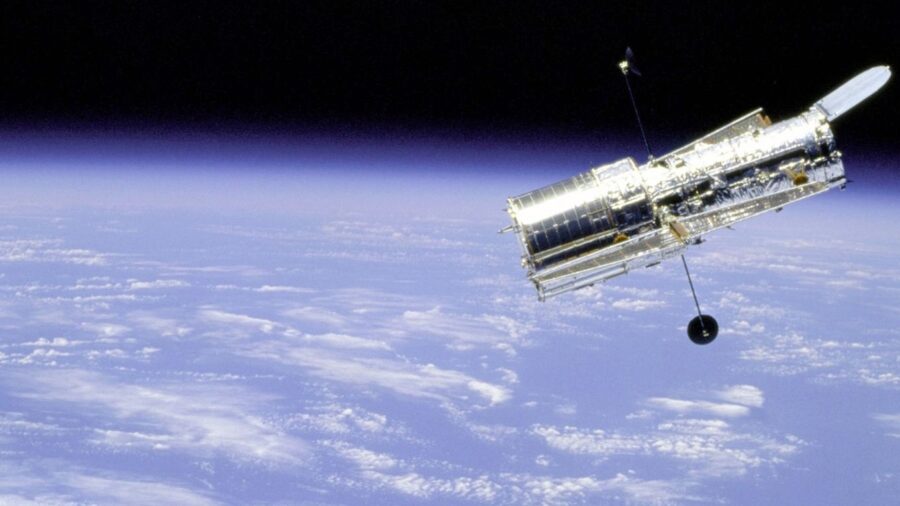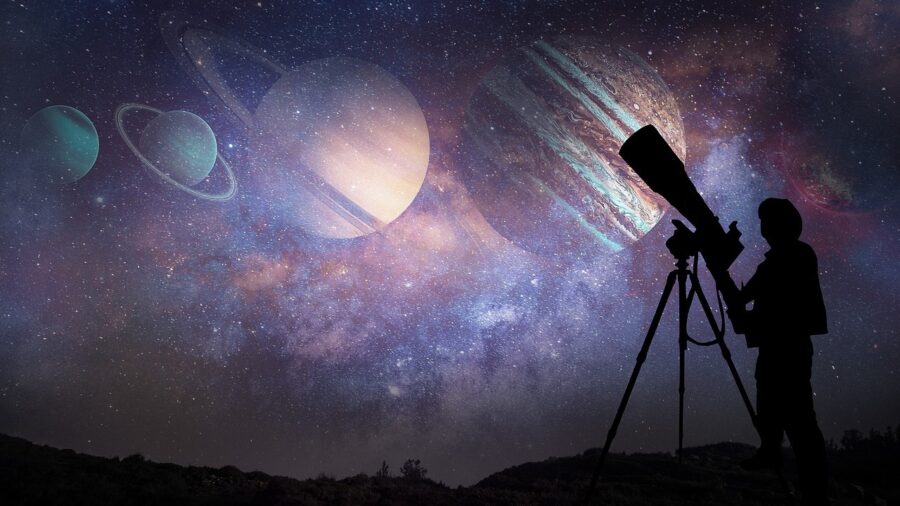Scientists Scramble To Fix Dark Matter Telescope

If you hear the term “dark universe,” you might think about Universal’s failed attempt to create a new cinematic universe of monster movies. That dark universe is no more, but the European Space Agency launched the space telescope Euclid to better examine dark matter and learn more about the actual dark universe all around us.
However, that mission has now hit a few snags: as Gizmodo reports, the telescope guidance sensors have lost track of stars, sunlight has snuck into the images, and that extra light has caused X-rays to hit the detectors and ruin some of its high-resolution images.
The Euclid space telescope was designed to capture images of dark matter, but excess sunlight threatens to doom the mission before it starts.
Just what is the dark universe that these scientists are trying to learn more about? In short, this term refers to the parts of our own universe that are comprised of dark matter and dark energy. This can be especially hard to detect (hence, the use of a specialized telescope); any findings could be a big deal because modern science has concluded that the dark universe makes up 95 percent of…well…literally everything.
Some good news for those hoping to learn more about dark matter: the scientists who launched Euclid are optimistic that the telescope’s problems can be resolved. For example, even if none of the abovementioned issues were ever fixed, the telescope could continue its important mission. Moreover, fixing some of these issues may be easier than you think.
Fixing some of the other issues with this dark matter telescope may require a bit of creativity.
For instance, when it comes to the guidance system of this dark matter telescope, the team was already able to upload a software fix. Think of it like patching a video game on a very ambitious scale. Despite how far away Euclid is now, this particular patch did its job, and the team is now finding more stars than they were before they uploaded the patch.

Fixing some of the other issues with this dark matter telescope may require a bit of creativity. For example, the sunlight potentially damaging some of the recorded images is coming from the telescope’s position, which was meant to protect it from the sun altogether. Finding the right angle to eliminate the problem and still get perfect pics may be easier said than done.
Learning more about the dark universe could affect the entire world in some very deep and profound ways.
Similarly, the issue with X-rays causing solar flares inside the dark matter telescope imagery could be difficult to fix. The team estimates that this only affects upwards of three percent of the images taken, making this a relatively acceptable loss. However, the team has also learned more about how to repeat their observations and data processing to mitigate the effects of these X-rays.
Ultimately, the big takeaway regarding this dark matter telescope shouldn’t be that it has experienced a few problems; instead, we should celebrate how much the team has accomplished despite these setbacks. Learning more about the dark universe could affect the entire world in some very deep and profound ways. That said, if they discover a goateed version of us hiding inside the dark universe a la Star Trek, we recommend you set your phasers to full stun.













